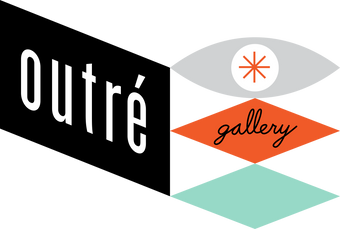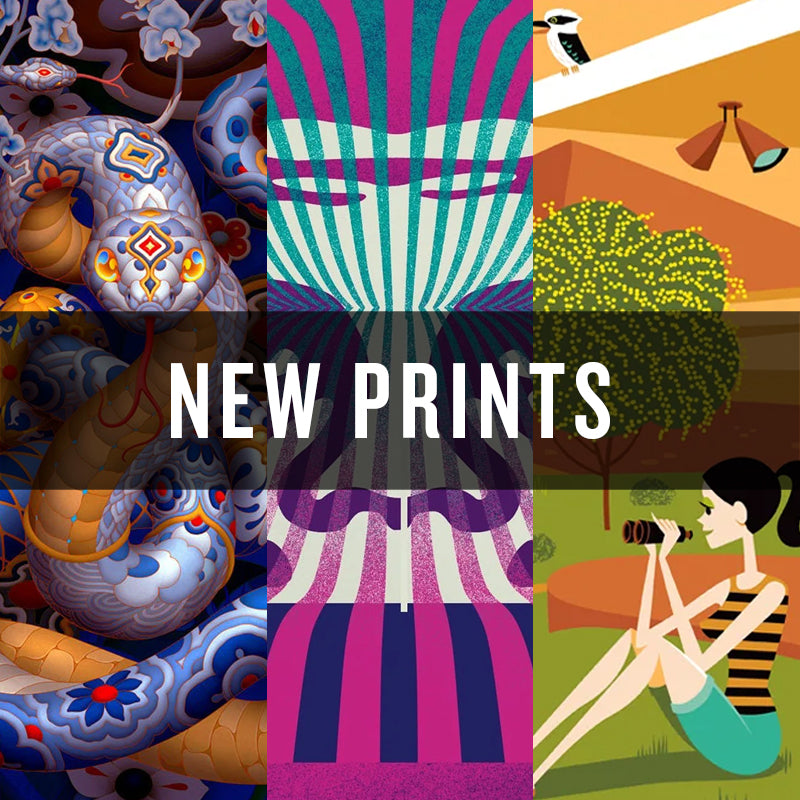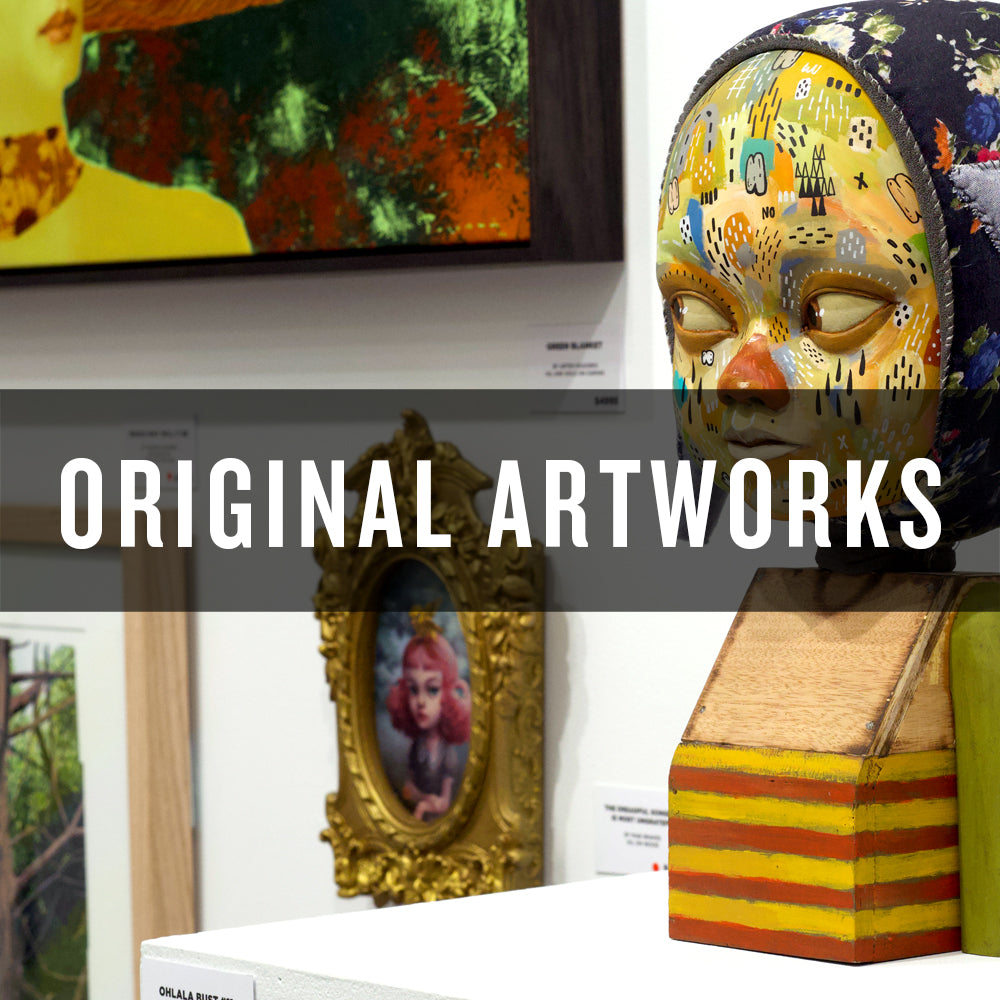
Mark Seabrook is a Melbourne-based artist and graphic designer, whose figurative works are fastidiously rendered in oils in monochrome or full colour. A self-taught painter, his Art History degree informs much of his work, along with liberal doses of pop culture, absurdism and humour. His paintings often feature unexpected elements and usually reward closer investigation with layered meanings, social commentary and amusement.
Mark's show FISHING FOR CONDIMENTS opens October 20.
Interview by Louise McIntosh. Images supplied by Mark Seabrook.
FISHING FOR CONDIMENTS is from an ongoing series of paintings revolving around soy sauce packaging. What was the initial inspiration for these paintings?
I started painting these a number of years ago, so it’s hard to remember, but I think the impetus was the design of the little plastic fish itself. Sure, it’s a terrible use of a single-use plastic container but they do look cool. (Did you know that a Japanese entomologist has published a book that documents 76 different types of these containers and categorises them into 6 families and 21 genuses? Japan clearly has a far great variety of these than we do.) I actually found an old sketch book the other day which had one of the first ideas for using these. A plastic fish swimming in a fish bowl. Fortunately, that eventually evolved into incorporating them into pictures with people posing with their fishing catch.

Even though you paint in both colour and black and white, all the works for FISHING FOR CONDIMENTS are black and white. Take us through this.
I like the look of monochrome paintings and they can elicit a very different response than that of a colour painting. The works in this show are all black and white because I wanted to give them the appearance of historical photos and it’s a good way to immediately evoke that nostalgia. Most of us have had a grandma or an aunt that had numerous old photos on a mantlepiece or a sideboard. You wouldn’t always know who the people in the photos were, but they were interesting to look at and speculate. I wanted to capture some of that wonder. I don’t think that could have been achieved if the paintings were in colour. I like using a limited palette, too, and this takes it to the extreme of just two tubes of paint.
How do you maintain your individuality as an artist and avoid being influenced by others around you?
That’s not really something that I consciously think about. When I have an initial idea for a new painting or theme, I definitely do a few Google searches to make sure it hasn’t been done before. You don’t want to copy someone’s idea, obviously, or someone’s style, but I’m not sure influence is necessarily a bad thing. There’s a difference between inspiration and imitation, of course. I’m constantly influenced by other painters when it comes to technique, though. I don’t have any art training, so I’m flying blind a lot of the time and always keen to glean information from other people.

What do you love most about working in oils?
The slow drying time is the best thing about oil paint, but it’s also the most frustrating thing. It’s great during the painting process as you are able to refine and blend to your heart’s content. However, once the painting is finished, you want it to be dry so you can varnish it. It takes sooo long!
Please explain your favourite part of the creative process and why?
I have two favourite parts. The first is having a really good initial idea for a piece, when something really grabs me and I can explore all the possibilities. This is followed by all the research and planning, then the actual painting process when you start second-guessing yourself and the self-doubt creeps in. The second favourite part is when the piece is nearly finished and you can see it all coming together and there’s the relief that maybe it wasn’t such a stupid idea after all. There’s a lot of struggle and tedium between the two, of course, but in general I really enjoy the painting process.

Tell us about an important life moment that influenced the direction of your work, and how this has affected you creatively.
I’m not sure if this is quite what you are after, but the pandemic had a huge impact on my painting. When Melbourne went into that first lockdown, I thought it could last maybe four or five weeks (ha!) and I’d really get a chance to focus on painting. I hit it pretty hard and managed to sustain that for the most part. It really changed my work ethic for painting. Previously I’d do a bit of painting on the weekend or the odd evening but now I get a bit antsy if I go a whole day without doing something.
What is your biggest hurdle as an artist?
I’m a very slow painter. It just takes me such a long time. I’ll watch those reels of Instagram where people show their process and I’ll be completely baffled. How did they manage to do that in a single pass? I don’t understand how it’s possible.

What do you want the viewer to feel when they view your work?
Well, any reaction is good, I think, but ideally it would be some feeling of joy. I received an email a little while ago from someone in South America who had bought a print. They have it hanging in their bedroom and told me that it makes them smile every morning when they wake up and see it. That’s pretty good, right?
What is the strangest or most surprising response you’ve had to your work?
The most surprising thing is the number of other painters who have told me they have been inspired to start painting with tiny brushes.
Thanks for chatting with us, Mark! See you at the show!



